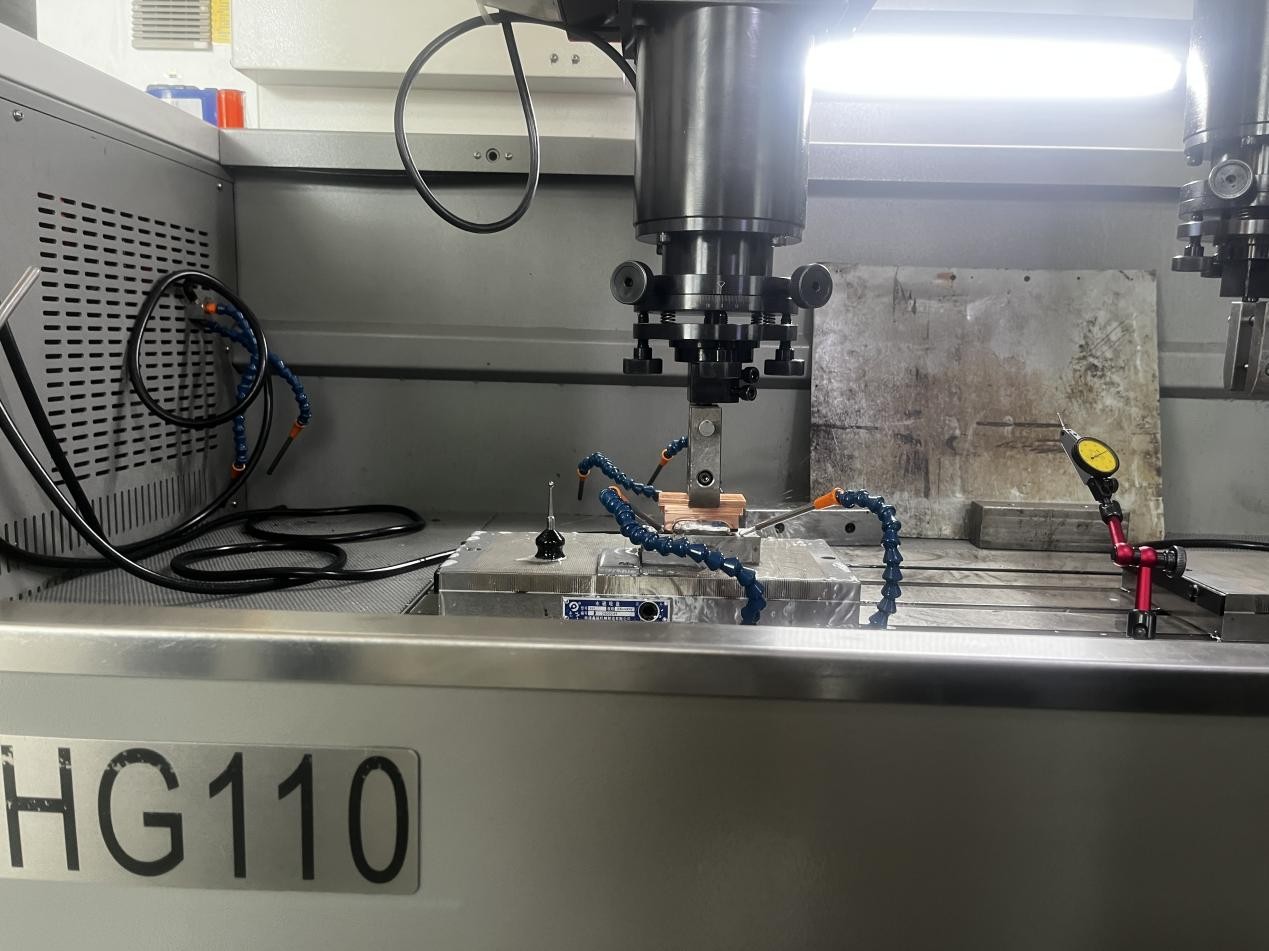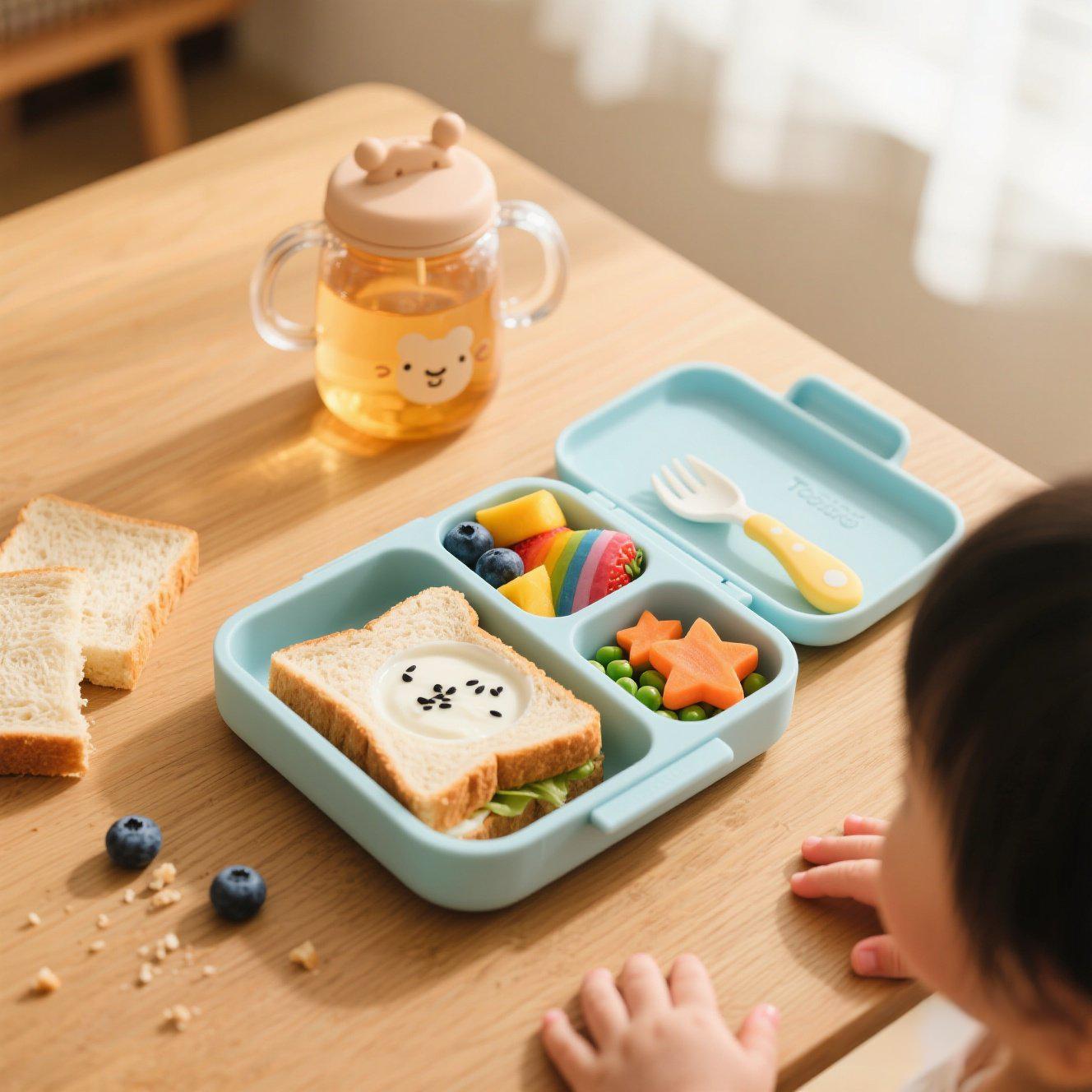Contents
The Importance of Clean Baby Teethers
When it comes to our kids, every detail plays a vital role. A baby teether is a cherished item for infants during the teething phase. It provides comfort and relief as those tiny teeth start to emerge. However, with all the drool and constant handling, these teethers can quickly become a breeding ground for germs. A dirty teether can pose a risk to our baby’s health. That’s why maintaining the cleanliness of a silicone baby teether is crucial. It’s not just about keeping it looking good; it’s about ensuring it’s safe for our baby to use.


Choosing the Right Silicone Baby Teether
Before we dive into cleaning, let’s talk about selection. When you’re in the market for a baby teether, opt for a high-quality silicone one. Silicone is a popular choice for custom silicone products, including baby teethers, due to its durability and non-toxic nature. Look for a teether that is made from 100% food-grade silicone. This material is free from harmful chemicals like BPA, phthalates, and lead. It’s also important to choose a design that is easy to clean. Avoid teethers with intricate designs that could trap food particles and bacteria.
Daily Cleaning Routine
For everyday cleaning, a simple yet effective method is to use warm soapy water. Pour warm water into a basin and add a few drops of gentle dish soap. Place the silicone baby teether in the water and let it soak for a few minutes. Then, use a gentle brushing motion with a soft brush to clean the surface. Pay particular attention to any nooks, crevices, and textured areas. After scrubbing, rinse the teether thoroughly under running water to remove all soap residue. Finally, shake off excess water and let it air dry on a clean towel. This daily cleaning routine helps to keep the teether clean and hygienic for your baby.
High-Temperature Sterilization
In addition to daily cleaning, high-temperature sterilization is a common method. Many silicone baby teethers are designed to withstand high temperatures, making them suitable for boiling or steam sterilization. Boiling the teether in water for 5 minutes can effectively kill bacteria and viruses. Alternatively, using a steam sterilizer is also a convenient option. These devices use high-temperature steam to disinfect the teether, ensuring it is safe for your baby to use. Always follow the manufacturer’s instructions for the specific teether to avoid damage.
![]()
![]()
Dishwasher Sterilization
For those with a dishwasher, this can be a convenient method for cleaning and sterilizing silicone baby teethers. Most modern dishwashers have a high-temperature setting that can effectively kill germs. Place the teether on the top rack of the dishwasher to avoid direct contact with the heating element, which could cause damage. Ensure that the teether is dishwasher safe before using this method. Many Euro-American households find this method efficient and time-saving.
Safety Precautions to Keep in Mind
While cleaning is important, safety should never be overlooked. Always inspect the silicone baby teether before and after each use. Check for any signs of wear and tear, such as cracks or breaks in the silicone. If you notice any damage, it’s best to replace the teether immediately. Damaged teethers can pose a choking hazard to your baby. Also, be mindful of the size of the teether. It should be large enough that your baby cannot put the entire teether in their mouth at once, reducing the risk of choking.
Storing Your Silicone Baby Teether
Proper storage is another key aspect of keeping your baby’s teether clean and safe. After cleaning and drying the teether, store it in a clean and dry place. Avoid storing it in damp or humid areas, as this can encourage the growth of mold and bacteria. A mesh bag or a designated container with ventilation holes is a good option for storage. This allows air to circulate around the teether, keeping it fresh and ready for the next use.
Teaching Your Baby Good Habits
As your baby grows, it’s a great opportunity to teach them about cleanliness. Encourage your little one to handle the silicone baby teether with clean hands. You can also demonstrate the cleaning process to them in a simple and fun way. This not only helps to keep the teether clean but also instills good hygiene habits in your child from an early age.
In conclusion, a silicone baby teether is a valuable tool during the teething journey. By following a regular cleaning routine, taking safety precautions, and teaching your baby good habits, you can ensure that this teether remains a safe and hygienic companion. Remember, a clean and safe teether means a happy and healthy baby. So, let’s keep those little gums happy and those teethers clean!




